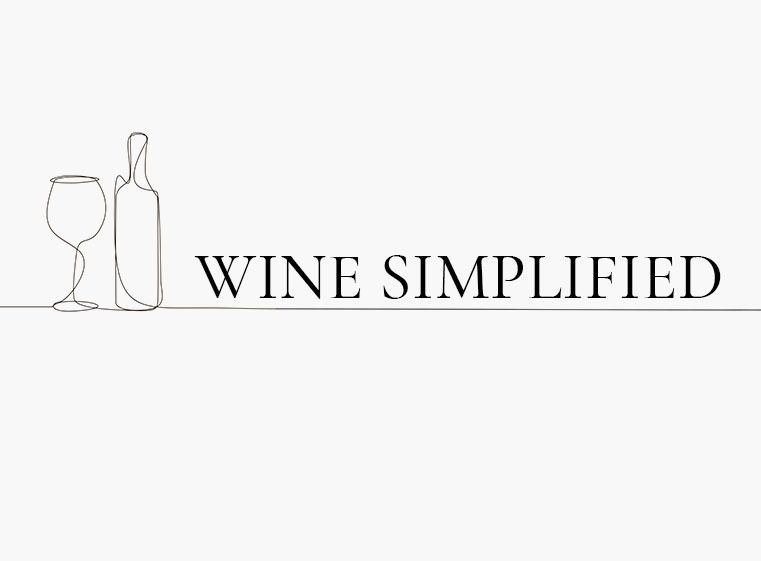This one is pretty straightforward, is the wine balanced on the palate?
If any one aspect stands out further than another (very acidic, super fruity, highly noticeable alcohol, etc.) the wine is not in balance, or it is not a balanced wine.
If everything feels in congruent harmony, then you’re enjoying a balanced wine.
While some wines are from grapes that don’t necessarily give off much “fruit” flavor, or are from regions that focus on terroir over fruit profiles, they too can be balanced. You’ll know a balanced wine when it hits your palate. It unmistakable.
Balance doesn’t necessarily mean it’s all equal. It doesn’t mean a wine is 33.3% fruit profiles, 33.3% acidity levels, and 33.3% barrel influence.
The real curveball to calling a wine balanced, is actually your personal palate. Some folks may try a off-dry Riesling from the Mosel and find it incredibly balanced, another set of folks with the same wine will find it too sweet and not necessarily balanced.
Always remember, when it comes to balance, your palate will let you know if you find a wine balanced, so trust your palate. As well, you may find over time your palate changes. That too is ok.
When someone like Cam says a wine is balanced, they are speaking to their palate. There is no clearly defined balance profile that is unanimous across the whole wine world or wine style spectrum, just pocket-to-large spectrum agreeance between folks in regards to a wine being “balanced.”

